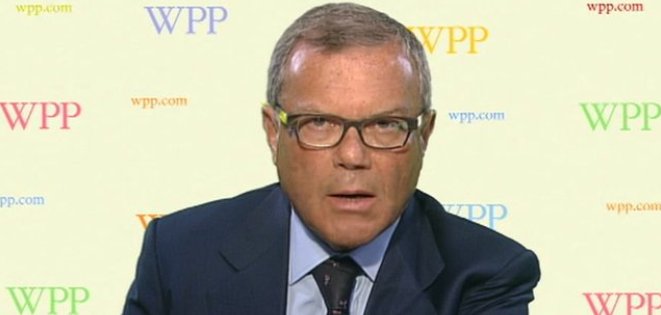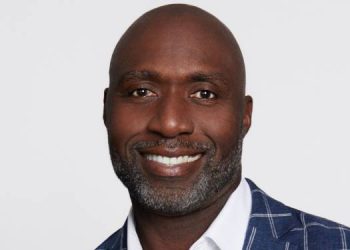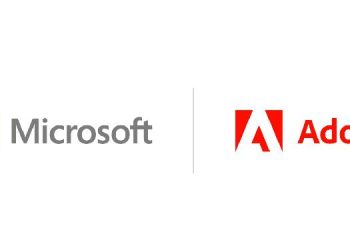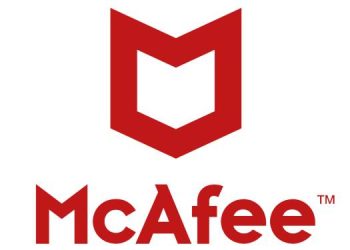WPP chief executive Sir Martin Sorrell has warned the advertising industry to brace itself for more consolidation on brand, media and agency fronts due to the lack of topline growth companies are chasing.
Instances like the Kraft-Heinz tie-up and the failed Publicis Omnicom Group merger are just the tip of the iceberg as chief executives face tougher pressure to gamble their way to scale. Companies increasingly feel they should be cost-driven rather than revenue-driven, a mindset best encapsulated by those making the deals looking “down at their boots” instead of up “toward the horizon”, said Sir Martin at the Financial Times Media SummitF.
“[Consolidation] has got to happen,” he continued. “Procurement has the power and the influence and you see companies not making their top lines but their bottom lines and they do that through cost-cutting.”
It is an issue dogging those businesses stuck between cost reduction and disruption. Without a firm, sustainable foot in one or the other, companies like Kraft and Heinz see consolidation as the fastest way to ease their financial hardships. Indeed, pricing power for companies is limited because inflation is low and executives feel the need to take less risks.
Sir Martin lamented the risk-averse market and championed the role of advertising in getting companies out of tight spots. He cited its BrandZ Top 100 survey as proof of the rewards to be reaped when brand investment is at the fore of business plans. “If you plot the best performing brands in the portfolio, those companies perform better from a return point of view in the short and long term than companies that don’t invest,” he added.
Despite the current appetite for consolidation coming from cost-driven needs, it also has a role to play in keeping companies, particularly those in media, apace with consumers shifting digital habits.
Scale is now needed to offer both the disruptive and robust offering needed to survive in a landscape that is constantly shifting around emerging digital channels.
Sorrell went on to break down the make-up if its media arm GroupM, which manages a portfolio worth $75bn, to ram home the point. Of that $75bn it handles in media billings, Google accounts for $3bn – the most it spends with any one business – followed by Facebook with $640m.
“The thinking about scale is that it comes back to the digital world,” said Sorrell. “It’s highly fragmented and fragmenting further, getting more complex for agencies, media and owners and brands to operate. The leverage of scale is more powerful in a fragmented landscape than it ever has been in a traditional marketplace.”
To stay on top of splintering media, WPP is zeroing in on measurement. Sir Martin said “reliable measurement” not “reaching millennials” was the biggest challenge for marketers and consequently agencies in a mobile search and video world.
“We have to bring measurement into the 21st century,” he said.
“It hasn’t caught up with the way people consume content. The conventional wisdom is that TV viewing is dropping. It isn’t and if you aggregate all the screens then it’s growing. Young people do watch TV, they’re just watching it on multiple screens. In high-penetration TV markets like Brazil, India or China, we’re seeing big growth where smartphone penetration has grown rapidly has opened up mobile search and video opportunities.”
The company, again through GroupM, has tried to be a pioneer in the media measurement space that has already laid down tougher viewability standards to the industry average in order to ensure tracking is accurate.
He dismissed the idea that the swell in popularity of ad-free funded services like Netflix would have any long-term impact on the value of TV media, predicting advertising would soon be introduced to fuel rising production costs or risk losing viewers through eventual subscription fee hikes.
Broadcasters have responded to competition and the explosion of mobile by becoming more adept at getting their content on many more screens. It has allowed them to ride the content wave that is simultaneously opening up new advertising opportunities for brands and their agencies.
“We’re not clever enough to figure which way the market is going and so we have to try and inject our activities into the way things are going. Some succeed and some fail but so far I think we’ve done a reasonable job at spotting these things. It’s not as early as I’d like but we’re doing a decent job,” said Sorrell.
He was referring to investments WPP has made in recent years to gain ground in content. The business shelled out $350m for a stake in Vice Media four years ago and has made similar investments since such as female millennial platform Scripps.
“Reaching Millenials is not the goal, but it is important. And everything that we can do, we are going to do,” said Sorrell.

















